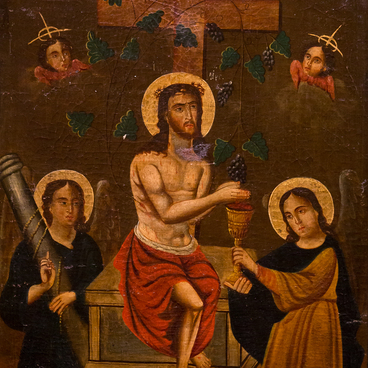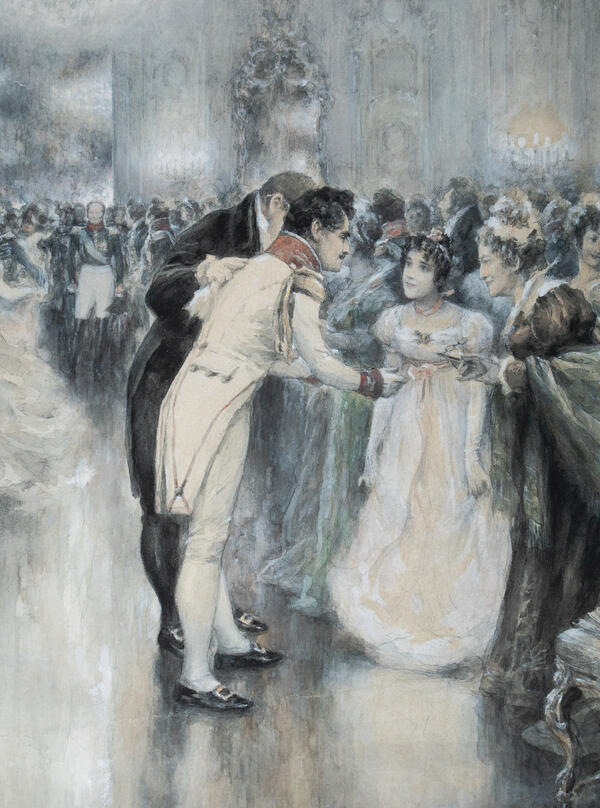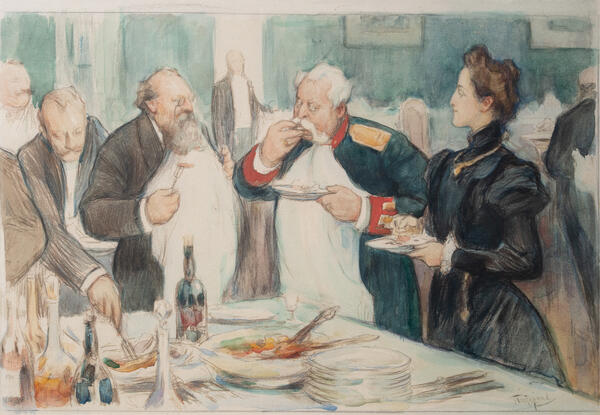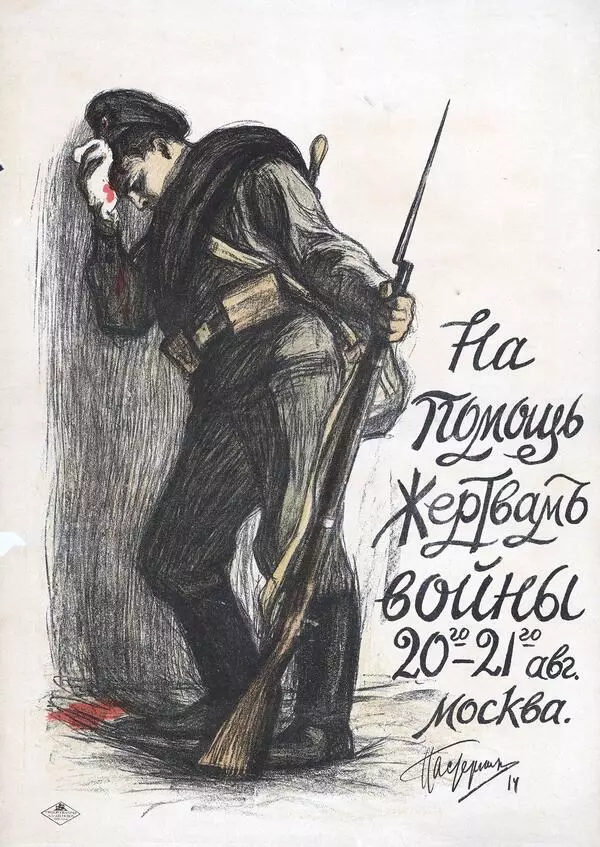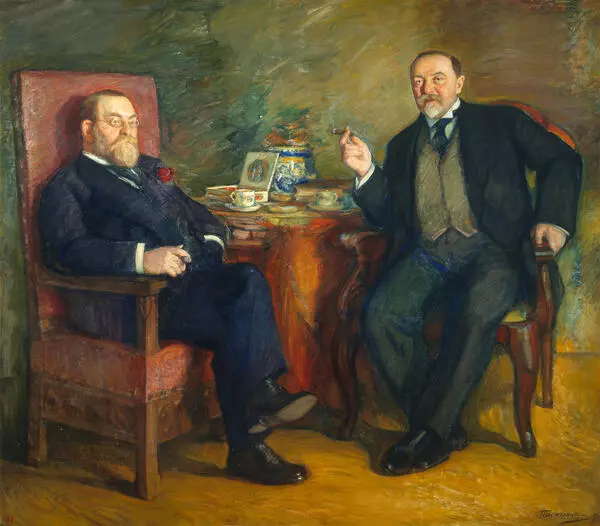Leonid Pasternak painted the ‘Portrait of Anna Borisovna Vysotskaya-Gotz’ in 1911. He depicted the wife of a well-known tea merchant David Vysotsky. In this work, the artist showed a new interpretation of the genre of the 18th century ceremonial portrait. He used a big format of the canvas, presented the subject full-length and chose subdued tones. The master highlighted the ceremonial character of the picture by Vysotskaya‘s stately posture and overall demeanour. All the other details are done in the Modern style.
Portrait of Vysotskaya-Gotz
Время создания
1911
Размер
139x94 cm
Техника
Dry tempera and pastel on canvas
Коллекция
4
Открыть в приложении#1
Leonid Pasternak
Portrait of Vysotskaya-Gotz
#2
#7
Portrait of Vysotskaya-Gotz, 1912, img via: wikipedia.org
The artist painted a natural contour of Vysotskaya“s figure – she sits relaxed in an armchair with curved lines. By mixing different media Pasternak achieved soft coloured glow. Experts call this work one of the artist”s best pictures.
Leonid Pasternak did a few portraits of Anna Vysotskaya. Apart from the New Jerusalem picture, another big portrait is known where Vysotskaya-Gotz is depicted standing in furs and wearing a pearl necklace. It was done in 1912, also in the Modern style. Both portraits were commissioned to Pasternak by the lady’s husband, David Vysotsky, councillor of commerce, patron of art and collector.
Leonid Pasternak did a few portraits of Anna Vysotskaya. Apart from the New Jerusalem picture, another big portrait is known where Vysotskaya-Gotz is depicted standing in furs and wearing a pearl necklace. It was done in 1912, also in the Modern style. Both portraits were commissioned to Pasternak by the lady’s husband, David Vysotsky, councillor of commerce, patron of art and collector.
#6
Painter Leonid Pasternak was born in Odessa. He received his first education as an artist in a school of drawing in his home city; he then studied at the Munich Royal Academy where he attended the class of painter Ludwig von Herterich. He graduated from the Munich Academy with a gold medal. Later Pasternak created his own school in Moscow where he taught. He also taught at the Moscow School of Painting, Sculpture and Architecture. In late 19th century he participated in the exhibitions of Itinerants (Peredvizhniki), the independent travelling artists who opposed academism in painting and organised exhibitions in different cities of Russia.
#8
In 1903, the Union of Russian Artists was established; Leonid Pasternak was one of its founders. Practically all major artists of the early 20th century participated in the exhibitions of the Union. After the revolution of 1917, the artist went to Germany for medical treatment and never returned to Russia.
When in emigration, Pasternak made portraits of scientist Albert Einstein and poet Rainer Maria Rilke, wrote an essay on Rembrandt, ‘Rembrandt and Jewishness in his Art’. At the end of the 1930s, he left fascist Germany for England where he lived until his death.
#9
New Jerusalem Museum
читать дальшескрыть
00:00
00:00
1x
Portrait of Vysotskaya-Gotz
Время создания
1911
Размер
139x94 cm
Техника
Dry tempera and pastel on canvas
Коллекция
4
Открыть в приложении
Поделиться



